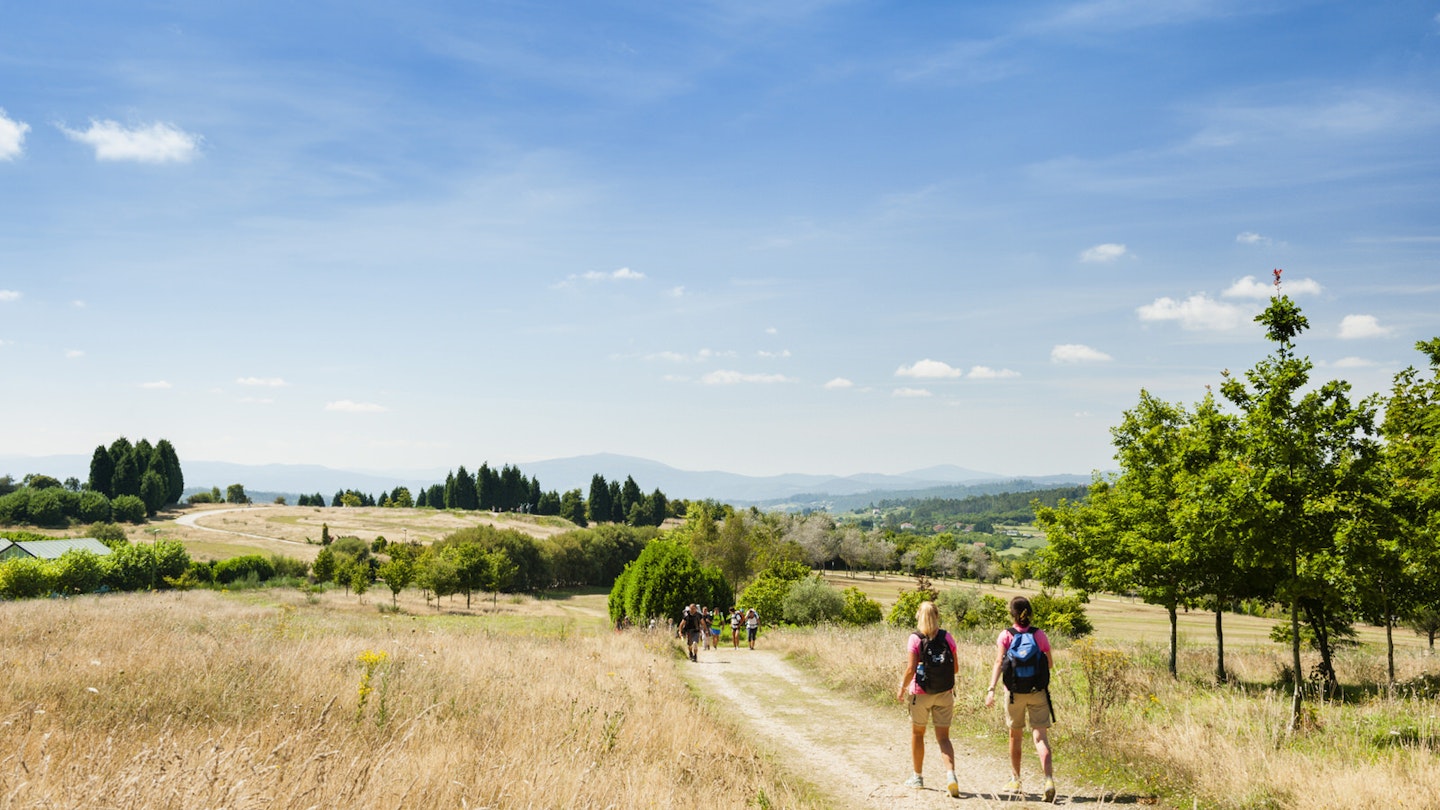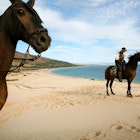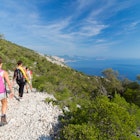For over 1,000 years, pilgrims have traipsed wearily across the plains and mountains of the Iberian peninsula to pay homage at the shrine of St James in Spain's northwestern city of Santiago de Compostela. The Camino de Santiago is one of the world’s most famous long-distance walks, and these days it’s still as popular as ever.
You don’t have to be religious to make this journey, though. As you tread the storied route, you may well encounter many of the faithful, but you’re equally as likely to meet a diverse mix of hikers, cyclists and horse riders, or just those on some kind of personal journey.
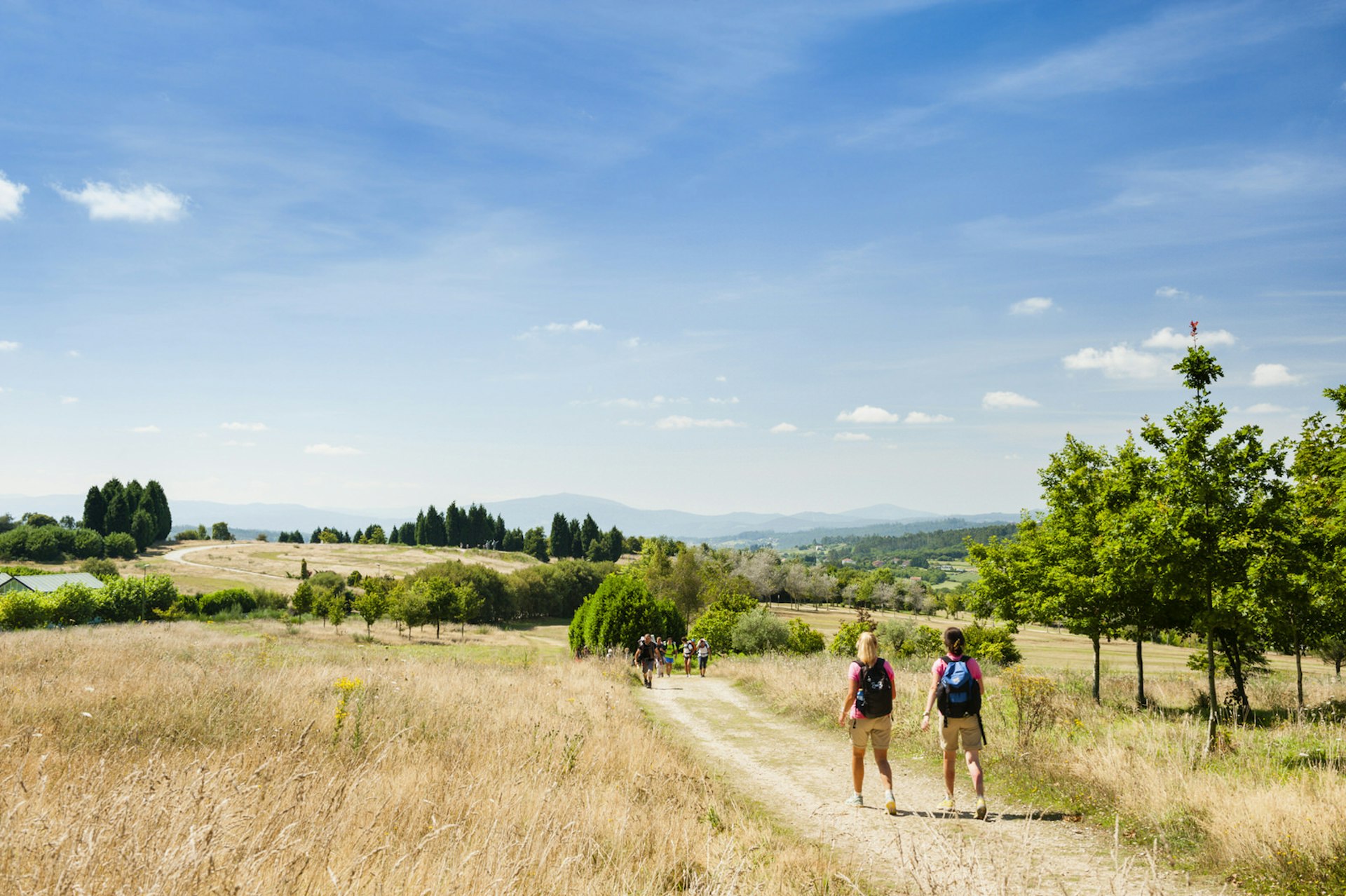
The Camino de Santiago isn't one single route: there are several Caminos crisscrossing Spain, all converging in holy Santiago. And while some of the less obvious routes are becoming steadily more popular, the most famous is still the Camino Francés that traverses northern Spain for 790km, taking around one month to complete. Check out our tips here, and don’t miss the following highlights of this epic journey.
St-Jean Pied de Port
The gorgeous old walled town of St-Jean Pied de Port is a popular starting point for would-be pilgrims, nestled on the French side of the Pyrenees amid gently rolling foothills, 8km from the Spanish border. Strolling the ramparts and clambering up to the citadel make for an ideal final evening before undertaking the slog up through the mountains into Spain, one of the toughest stretches of the whole route – but also one of the most scenic.
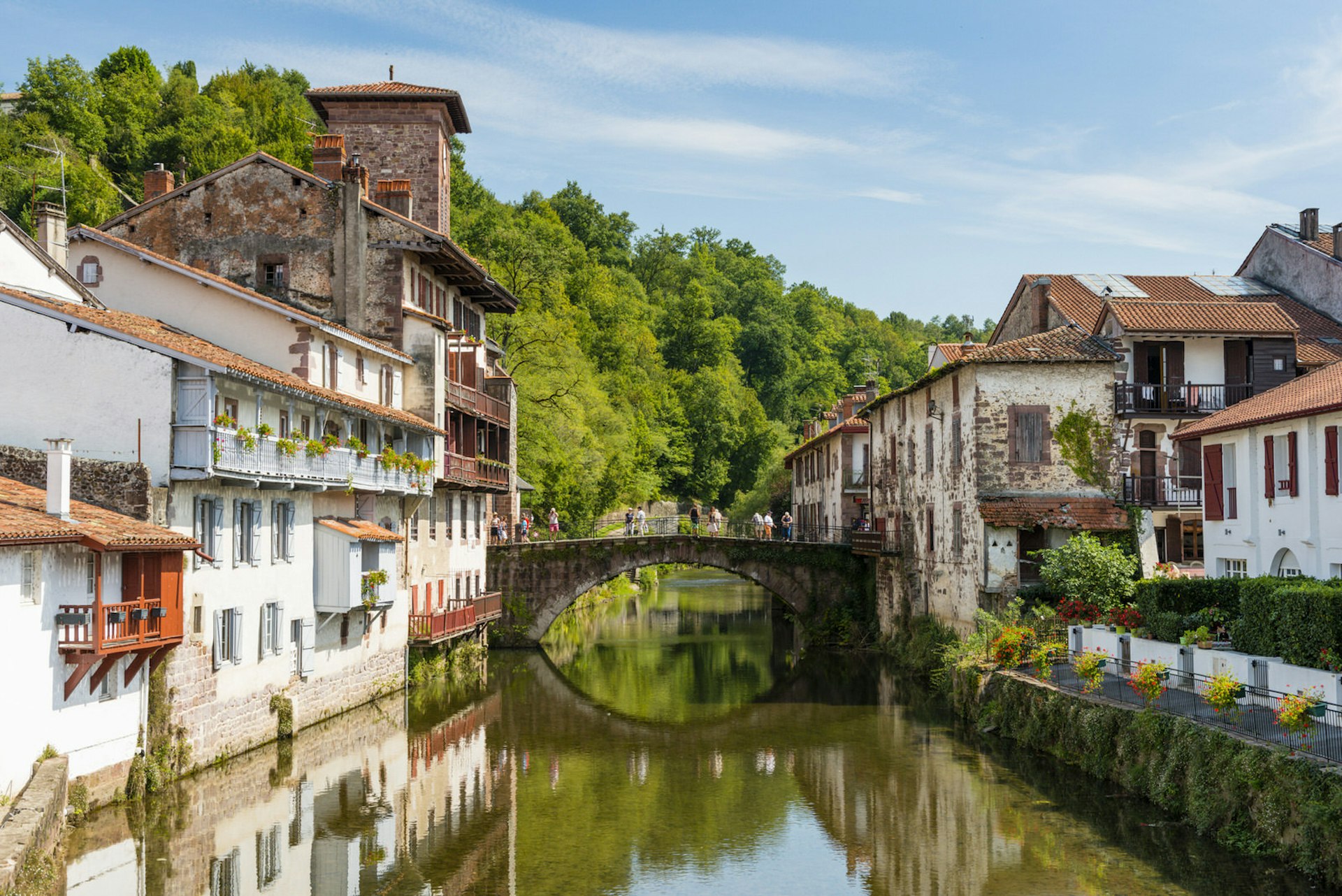
Navarra
Once over the Pyrenees, the Camino takes you through the lush green farmland and demure villages of Navarra before reaching the vibrant city of Pamplona, where you'll find great restaurants and Hemingway haunt Café Iruña. Past Pamplona is a steep ascent of the Sierra del Perdón: at the summit you’re rewarded with a sculpture depicting pilgrims through history, with soaring views of sunbaked hills and valleys.
Heading west, pilgrims arrive at the captivating little town of Puente la Reina, where the Camino Francés joins with the Camino Aragonés, coming from the east. The most famous attraction here is the namesake bridge, and when you first catch a glimpse of its six-arched medieval glory, you’ll agree it’s a special spot. But this place has many charms, including narrow Calle Mayor, flanked by tall old townhouses that offer delicious shade from the Navarran heat.
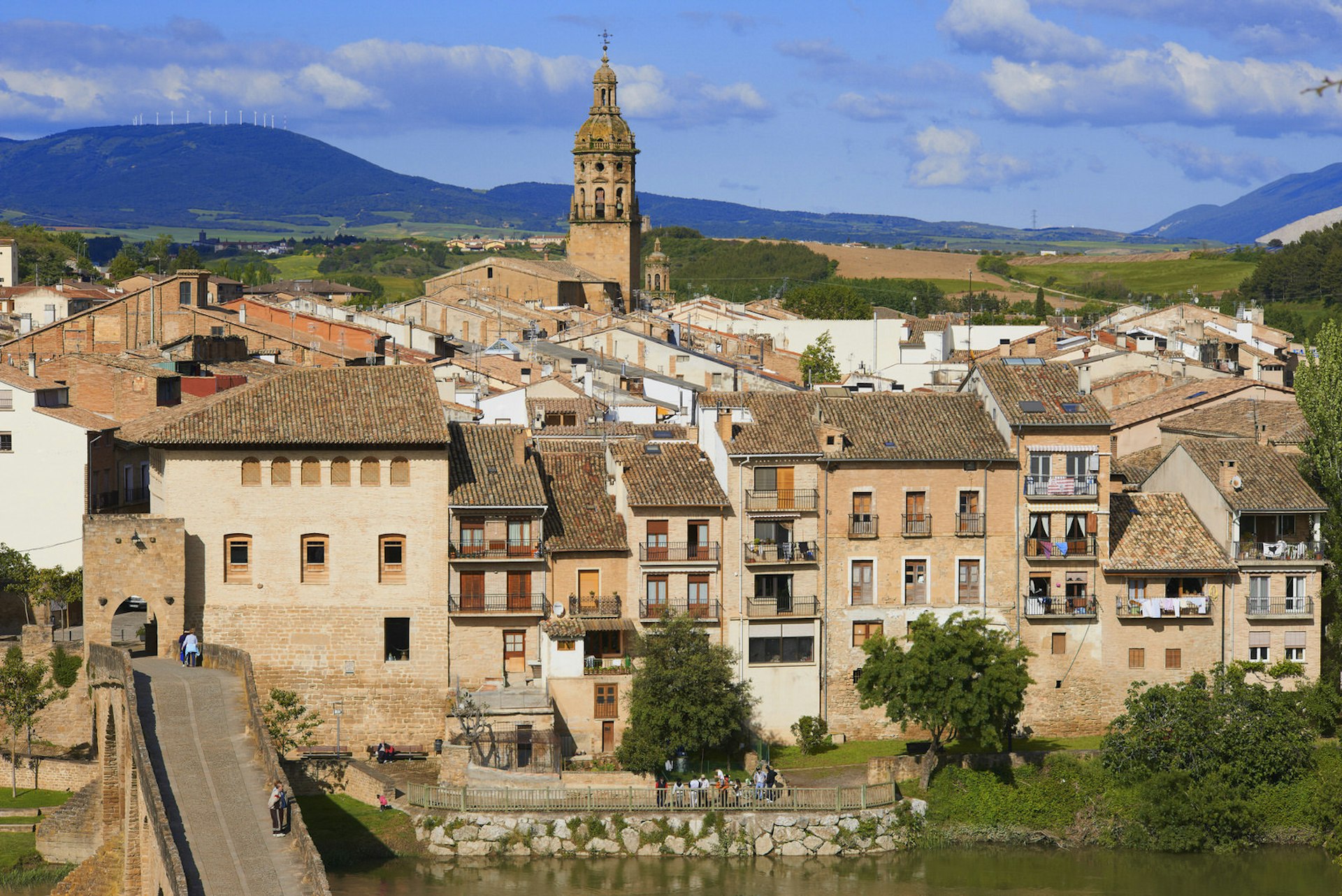
Logroño and Burgos
From Puente la Reina, a mixture of green, undulating countryside and more barren stretches mark the next stage of the walk into Logroño, the understated capital of La Rioja region. Spend a little time here and you'll experience an engaging city with handsome architecture and great tapas bars. Perch outside Bar Soriano and order their signature tapa – an indecently huge, garlicky mushroom adorned with a shrimp.
The route is a little flatter over the next few days, passing castles and vineyards before reaching the quietly beautiful city of Burgos. The Gothic cathedral here is quite simply one of Spain’s most unmissable sights. It dazzles you first with its sheer scale; then, the closer you look, with the intricacy of its Gothic masonry. And that’s all before you step into the ornate wonderland inside.
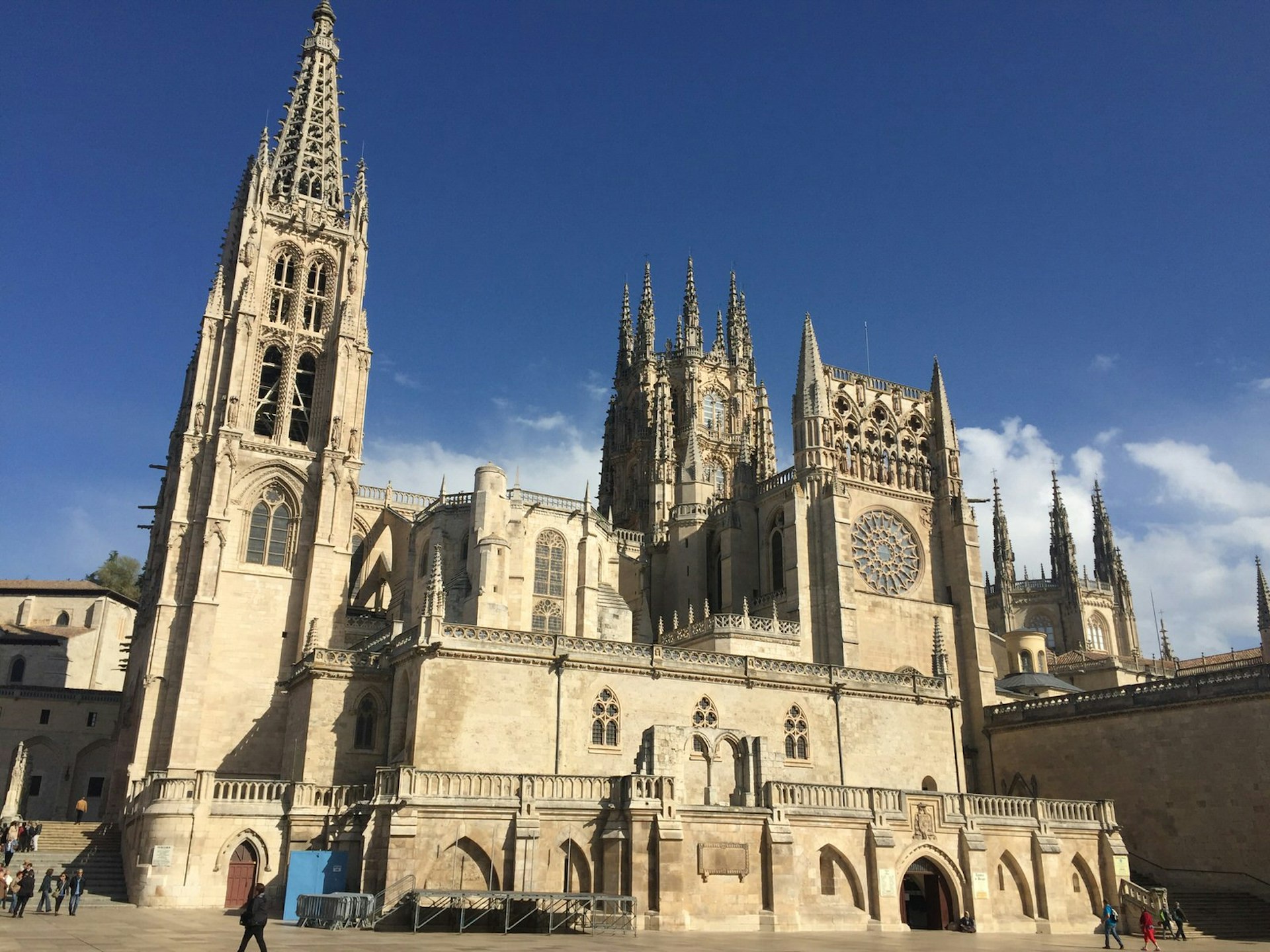
Burgos to León
The section of the Camino between Burgos and León is one of the most underrated parts of the route: many pilgrims skip it and catch the bus, but take to your feet and you can savour striking views over the long valleys and barren plains of the meseta (the huge plateau of central Spain). The journey is punctuated with picturesque villages, such as Castrojeriz, which is dominated by a castle sitting proudly over lovely sandstone buildings. Admittedly, the monotonous roadside stretch leading into León is a challenge, but once complete you’ll find a city that offers up a winning mix of beautiful historic buildings and a spirited nightlife.
Astorga
From León the trail climbs west into the sierras that separate Castilla from Galicia. En route, you pass Astorga, one of the most memorable places along the entire route. It’s at once a workaday Spanish market town and the repository for at least two fabulous buildings: the gorgeous architectural jumble that is the cathedral, and Gaudí’s fairytale Castilian outpost, the Palacio Episcopal. As you march on towards Galicia, taking in endless heather-clad mountains and moody skies around you, it’s hard not to feel a rewarding sense of solitude.
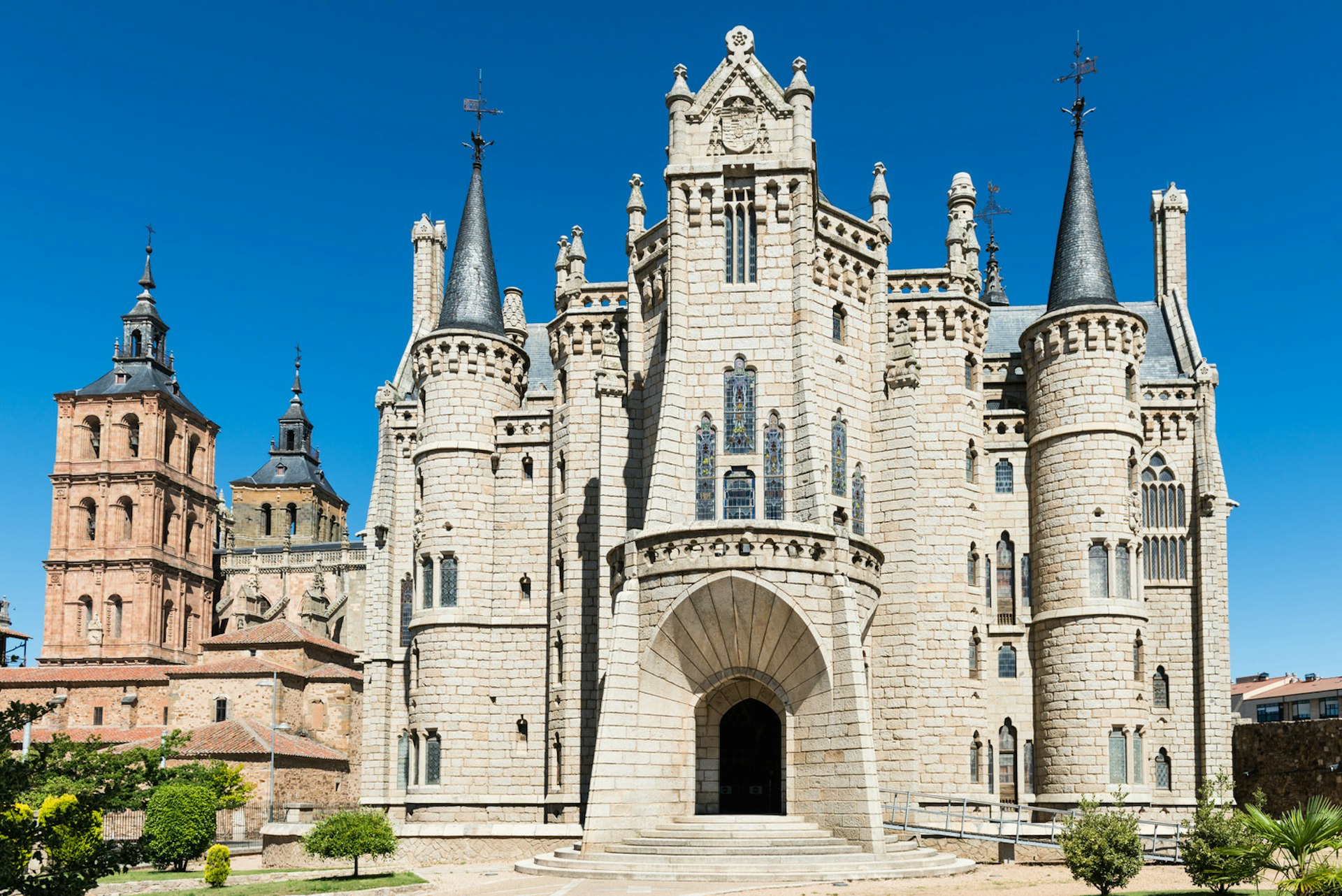
Galicia
All the Caminos converge in Galicia. The most gruelling climb along the entire Camino Francés ends just over the border in the tiny village of O Cebreiro, at an elevation of 1300m. This place is studded with pallozas: circular, thatched dwellings known in rural Galicia since pre-Roman times, where families lived with their livestock. Depending on your luck, the village might be shrouded in a wet, swirling mist, making it even more atmospheric. Stop into Meson Carolo (Rúa Cebreiro 20, tel: +34 982 36 71 68) to reinvigorate after the climb with a hearty meal – winners on the menu include chuletón (a gigantic T-bone steak served deliciously rare) and caldo gallego, a traditional soup of potatoes, vegetables and meat.

To score a ‘Compostela’ certificate proving you’ve completed the Camino, you have to walk at least the last 100km of the route, so for many pilgrims that means starting out just further west at Sarria (actually 114km from Santiago). From here there’s a rural trek and a steep descent into Portomarín, which sits along the Río Miño. The following 25km to Palas de Rei are tough going, but then some delightful country lanes pave the next few kilometres to Melide. Soon after that you’re counting down the final 50km, passing through sleepy villages, rolling green farmland and shady woods along the way. This is beautiful countryside, but it’s astonishing how verdant and small-scale it seems compared to the huge peaks and valleys that have gone before.
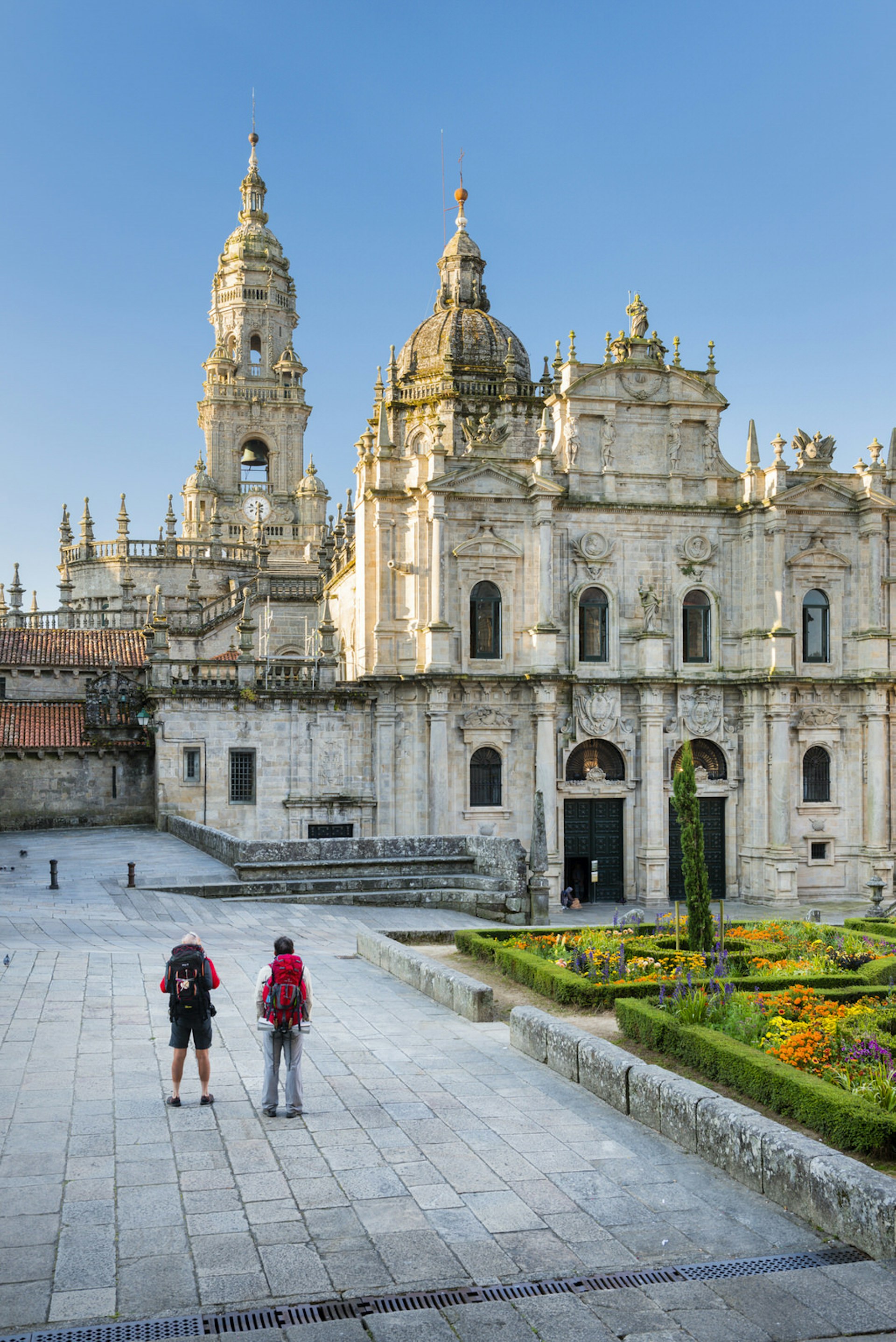
The last few kilometres of the Camino, along busy roads into central Santiago de Compostela, are pretty bleak, but that sense of nearing the end of your pilgrimage powers you through. Once you emerge onto the huge expanse of Praza do Obradoiro, you are rewarded with both a terrific view of the cathedral's famous western façade, and the sight of whomever else has just completed their journey – all of you united by feelings of elation, exhaustion and pride.
Tom explored the Camino de Santiago with support from Follow the Camino. Lonely Planet contributors do not accept freebies in exchange for positive coverage.
